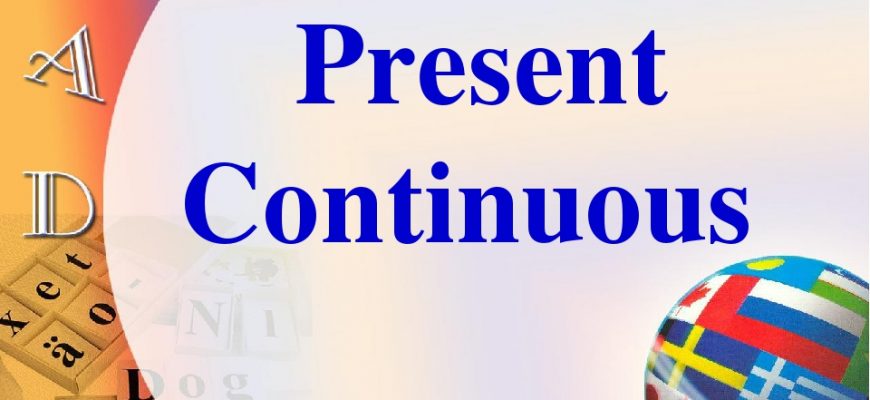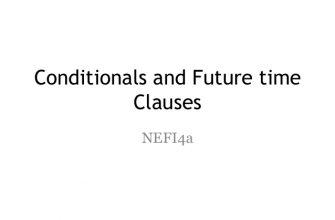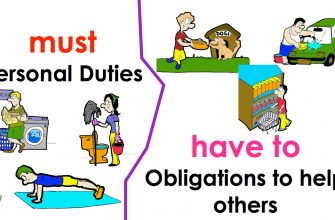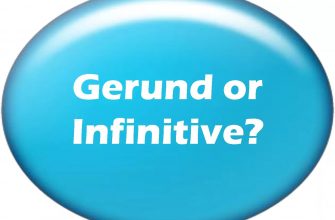Contents
- The Present Continuous / Progressive
- The past continuous (progressive) tense
- The form of the present continuous tense
- The affirmative forms of the present continuous:
- The interrogative forms of the present continuous
- The negative forms of the present continuous
- The use of the present continuous tense
- Special verbs
- Examples:
- Exercises on the theme:
The Present Continuous / Progressive
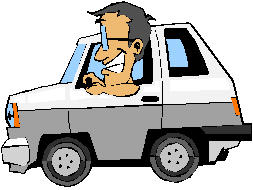 John is in his car. He is in his way to work. John is in his car. He is in his way to work.He is driving to work This means he is driving now: “at the time of speaking” This is the present continuous. |
The past continuous (progressive) tense
This page will present the present continuous:
- its form
- and its use.
You may also be interested in a lesson about the past continuous
The form of the present continuous tense
| The verb to be (in the simple present) | verb + ing |
|---|
The affirmative forms of the present continuous:
| I | am | eating. |
| ’m | ||
| You, we, they | are | |
| ’re | ||
| He, she, it | is | |
| ‘s |
The interrogative forms of the present continuous
| Am | I | eating? |
| Are | you, we, they | |
| Is | he, she, it |
The negative forms of the present continuous
| I | am not | eating. |
| ’m not | ||
| You, we, they | are not | |
| aren’t | ||
| He, she, it | is not | |
| isn’t |
The use of the present continuous tense

- The present continuous is used to talk about actions happening at the time of speaking.Example:
- Where is Mary? She is having a bath. (Not she has a bath)
- What are you doing at the moment in front of your screen? Don’t you know? Well … you are reading this lesson. You are learning English.
- The present continuous can also be used when an action has started but hasn’t finished yet.Example:
- I am reading a book; it’s a nice book. (It means = I am not necessarily reading it; I started reading it but I haven’t finished it yet.)
Special verbs
There are verbs which are normally not used in the present continuous.
Examples:
be, believe, belong, hate, hear, like, love, mean, prefer, remain, realize, see, seem, smell, think, understand, want, wish
These verbs are called stative verbs in contrast to action verbs (also referred to as ‘dynamic verbs’) such as ‘work, play, eat, etc.’
It’s not correct to say:
He is wanting to buy a new car.*
You must say:
He wants to buy a new car.
